You have probably heard the famous quotation by Desiderius Erasmus that “prevention is better than treatment”. It has probably happened to you on numerous occasions that unknown creatures appear on your plants and make them sick. You may have wondered when this damage occurred to your plant, and whether you could have prevented it from spreading if you had noticed it sooner. To solve this issue, this article will discuss some ways to prevent pests on indoor plants. You can keep your plants healthy by following these simple guidelines.
Preventing pests on indoor plants methods
1.controlling the Environmental conditions
Creating appropriate environmental conditions for plants is an essential step in preventing household pests. By controlling environmental conditions, pests can be prevented to a large extent in the home environment. In the following section, some factors affecting the prevalence of pests in the home environment will be discussed.
1a. Keep the temperature and humidity stable
The first and most crucial tip to prevent pests on indoor plants is to pay attention to your plants’ surroundings. Plants react rapidly even to minor changes in their surroundings. As a result, keep temperature and humidity fluctuations to a minimum and keep in mind that the plants grow better in stable conditions. For most plants, a temperature of 77 degrees Fahrenheit and a humidity of 70 percent are ideal. In addition, ascertain that the plant receives enough light to meet its requirements.
1b. Keep the air conditioning ideal
The use of air conditioning can help to reduce the spread of fungal and bacterial diseases. Make sure that plants’ storage space is well ventilated. During the day, open windows or use a small fan to guarantee adequate ventilation.
2. Quarantine new plants
If you are going to add new plants to your collection, you need to quarantine them for one or two weeks to prevent pests on your indoor plants. During this time, ensure that the new plant is in good shape and does not have any pests or diseases. If your new plants carry pests or illnesses, all of your other plants will quickly be affected. Additionally, try to establish space between your plants to limits the risk of pests and illnesses spreading. This additional space also diminishes the plants’ competition for light.
3. Control Irrigation intervals
Irrigation intervals highly influence plant growth. Have a precise irrigation plan based on the water requirements of each plant and follow it as closely as possible. Dehydration and overwatering create excellent conditions for pests and plant diseases to grow.
4. Keep family members clean!
To prevent pests on indoor plants, you must pay more attention to yourself! Yes, it may seem unusual, but humans can readily spread pests and diseases to plants. As a result, if you go to different places during the day, change your clothes before entering the plant storage area.
5. Washing and sterilizing plants and pots
Humans are not the only ones who must take a bath! Hygiene is necessary for all living things. Try to maintain the plant area and pots clean to prevent pests on indoor plants. The possibility of the presence of pests increases when the surface of the leaves is dirty. If you have a pest-infested plant, thoroughly wash and sterilize its pots after evacuating it. Remember to wipe the surface of the leaves with a towel as well as to collect the fallen leaves from the surface of the pots regularly. Pests may discover these fallen leaves and use them as a safe haven. It is important to remember that sterilizing pots minimizes the danger of bacterial and fungal infections.
6. Maintain proper plant nutrition
When plants’ nutrition is balanced, they are more resistant to pests and diseases. Weak plants usually attract pests, so pay attention to your plant’s nutritional requirements and prevent any deficiencies in macro and micronutrients. Try to stick to a regular fertilization schedule while ensuring that the plants do not receive too much fertilizer.
For more information regarding indoor fertilizer, read <<Best Fertilizers For Indoor Plants >> article
7. Using a yellow or blue card
Even if you follow all of the above guidelines, you will not be able to prevent pests from entering your home; small insect eggs or spores will always find a way in. There are various methods and equipment that can be used to remove pests without causing significant damage to the plant. Among these methods, yellow and blue cards are the best to prevent pests on indoor plants. These cards consist of colored cardboard hung around your plant with a string. Yellow and blue cards have a special adhesive on both sides that attracts certain pests and insects, depending on the color of the card. Blue cards are typically used for thrips, whereas yellow cards are used for whiteflies, flies, and aphids. By placing them near the plant, undesired pests will be reduced.
8. Using Pest control plants
Many pests can be repelled using plants that emit a strong scent. A clove of garlic, a few branches of mint, a marigold flower, or herbs like lavender, rosemary, and chrysanthemum can help keep insects away from your plant. These plants work as an effective insect repellent, so remember to have some of them in your house.
Marigold flower
How to find and fight pests?
Despite adhering to all of the aforementioned guidelines, it is still necessary to inspect the plants from time to time to ensure that no pests are present. Pests spread rapidly through the leaves, so keep an eye on the backs of the leaves as well as on the stem-to-root link. The appearance of tiny fibers around the plant could indicate that spider mites are present. Mealybugs are more likely to have white, cotton-like spots on the stem. The leaves of plants with fungal diseases turn yellow or have patches on them.
Do not forget to check the soil surface, as the symptoms of a plant suffering from fungal infection can be visible there. You can identify most pests early on in their presence on the plant and decrease the potential of their proliferation by analyzing different parts of the plant.
Fighting methods
Chemical pesticides are usually the first thing that springs to mind. However, because of the dangers of these pesticides and the harm they cause to the environment, it is recommended to use household pesticides with fewer side effects. For instance, if you observe aphids or Mealybugs on your plant, prepare a dilute solution of soap and water and spray it on the plant to minimize the pest population.
Conclusion
There are various organic methods to prevent pests on indoor plants. In short, you can significantly reduce the spread of pests at home by quarantining new plants, controlling plant nutrition, using yellow and blue cards, keeping pest control plants at home, washing plants and pots, controlling watering interval and controlling environmental conditions such as humidity, temperature and air conditioning. Although the entry of bugs into the home environment can never be completely avoided, it is vital to follow the above guidelines while fighting domestic pests with chemical or organic pesticides.


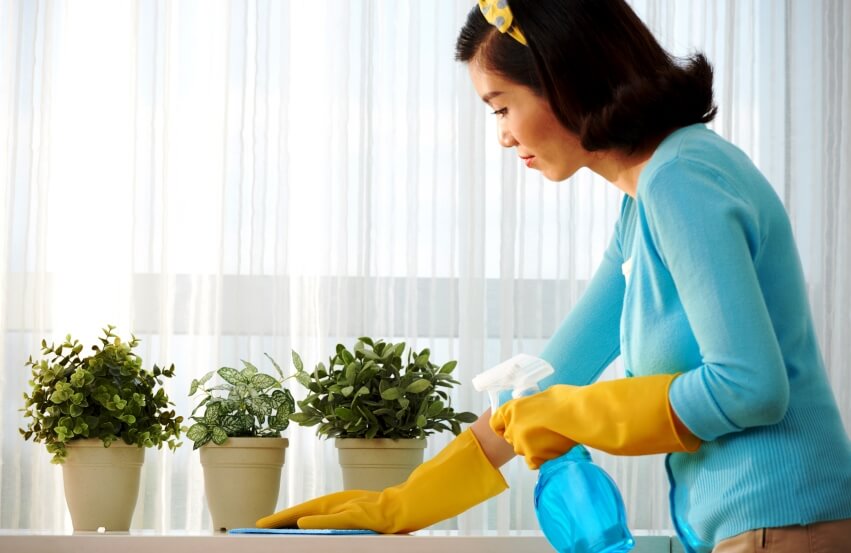
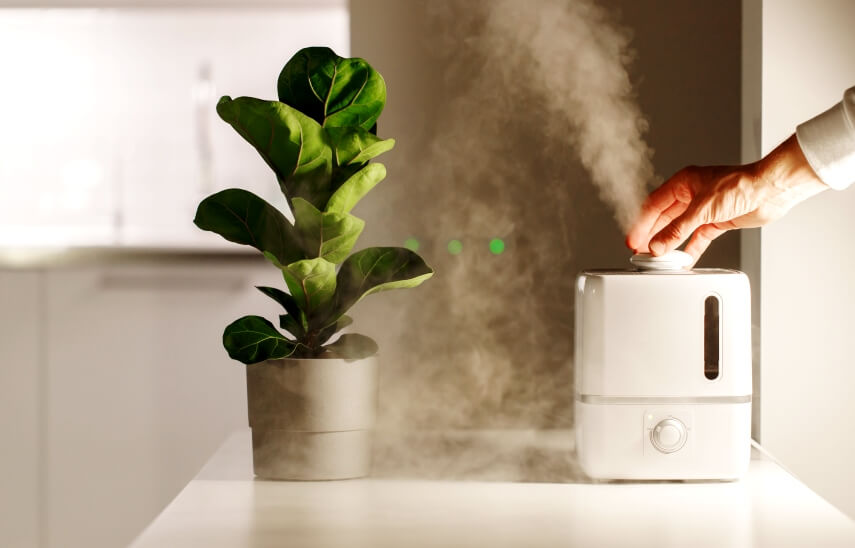

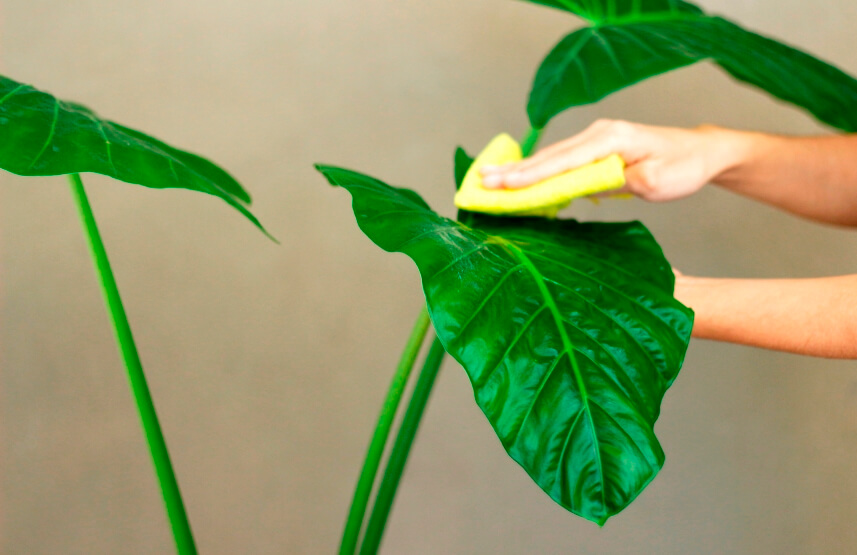

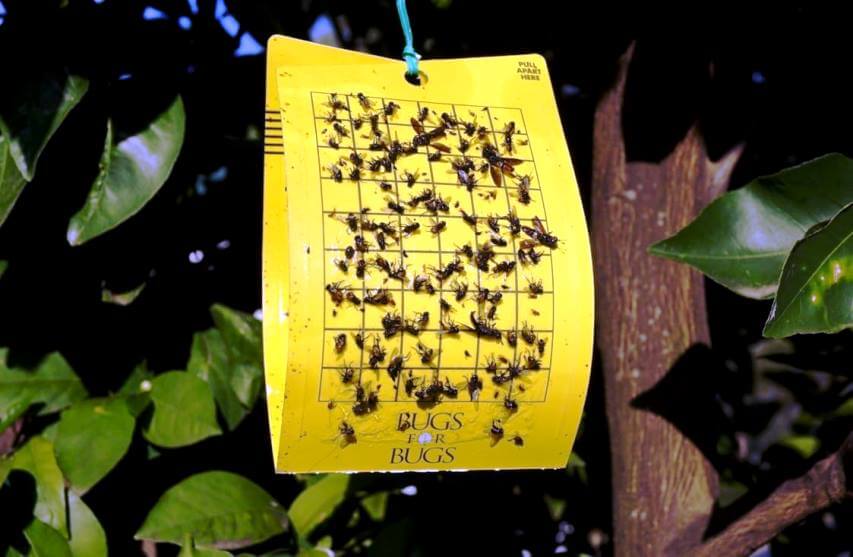
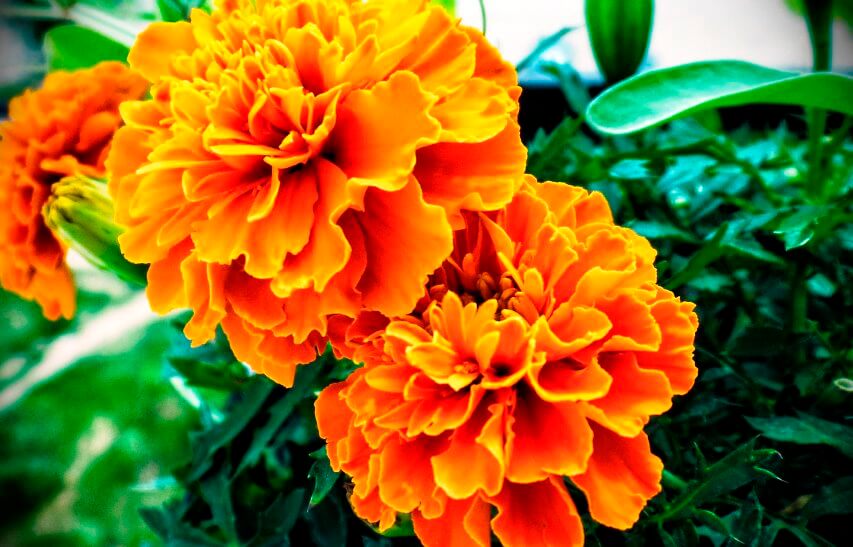
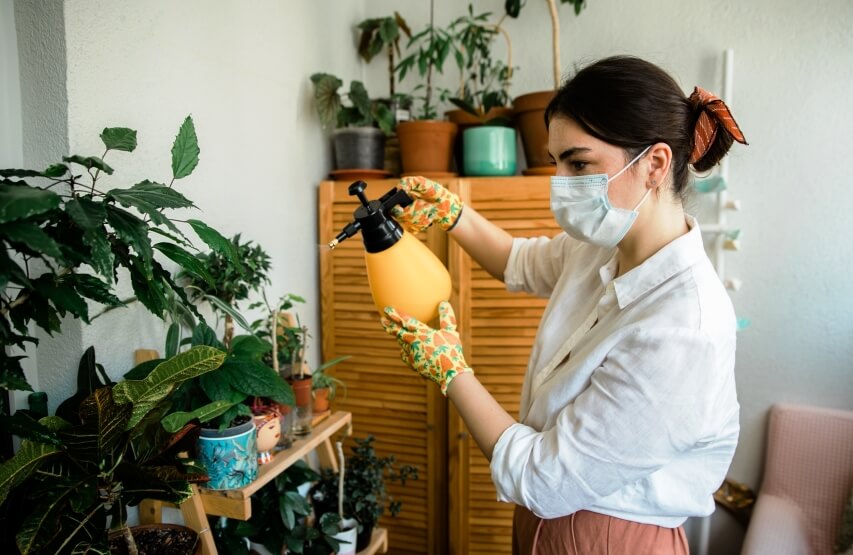

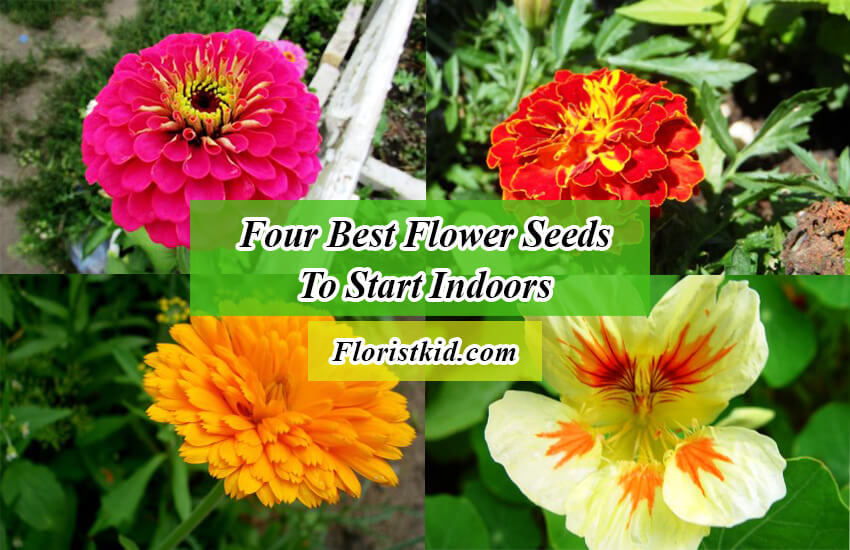
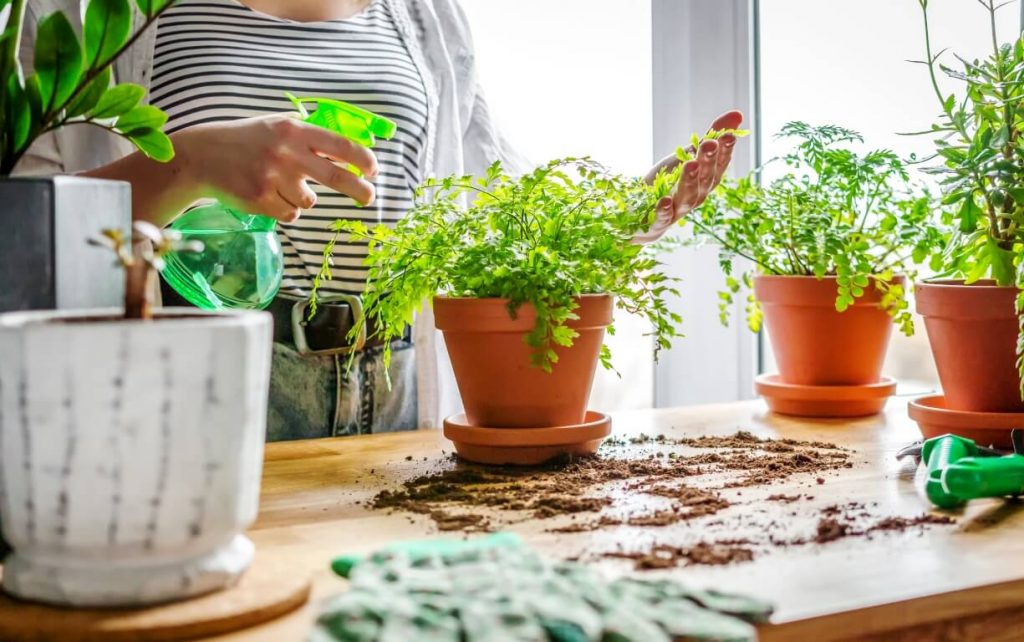
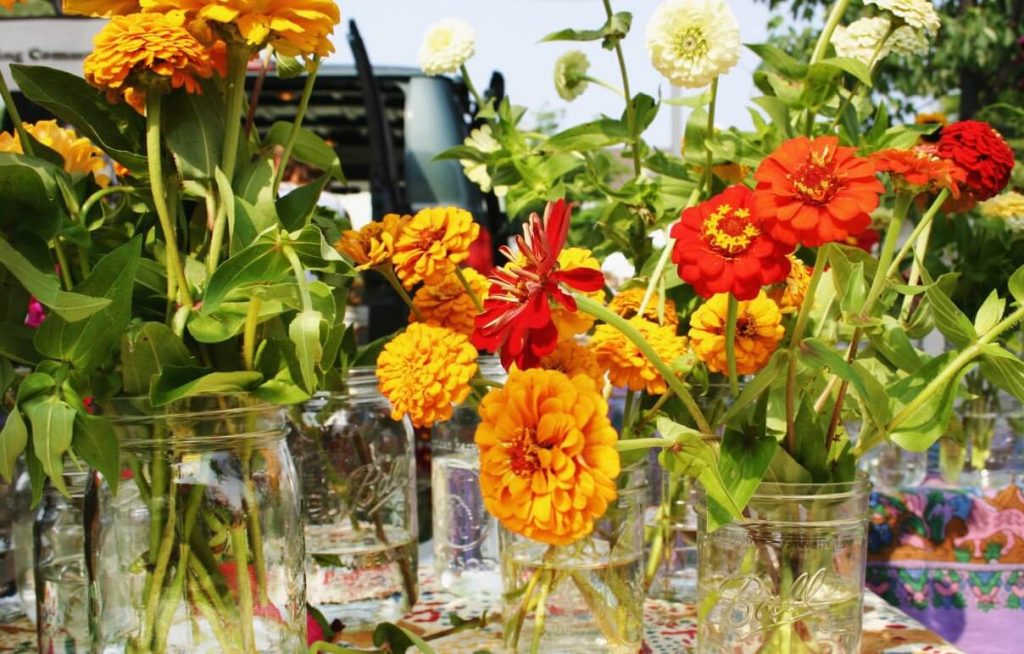
I was looking for this exact query and came to find your blog. Currently, I am dealing with this problem, and I am very frustrated because of it. My plants are getting yellowish in color despite watering them and giving them proper sunlight. Two days back, I found that very tiny insects on my plants are destroying them. By reading your blog, I got some tips to solve my problem and see whether it works for me or not. Thank you for sharing this blog with us. It was very helpful.
That’s fantastic, we hope your plants recover quickly.